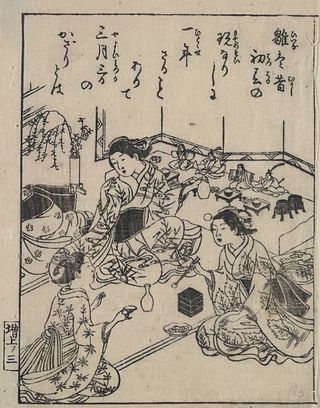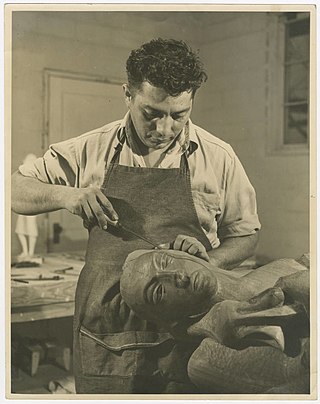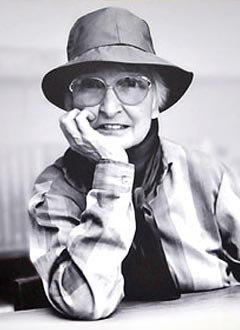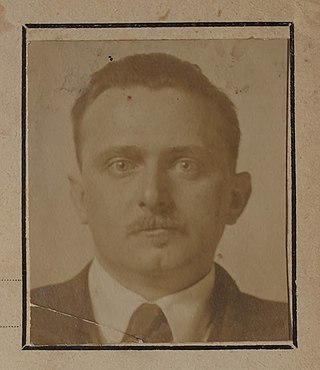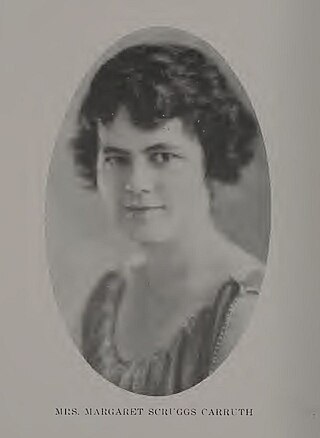History
The Dallas Art Institute was founded in 1926 in downtown Dallas, Texas. The founders, artists Olin Travis and his wife Kathryne Hail Travis, had just returned to Olin's hometown of Dallas after receiving arts educations at the School of the Art Institute of Chicago. Inspired by what they learned there, they were eager to encourage the local art scene by founding the first institution to offer a variety of arts courses in the south. [1] Travis served as director of the Art Institute from its founding in 1926 until 1941. [2]
In 1930, the Dallas Art Institute secured non-profit status in moving to the grounds of the Civic Federation of Dallas, and thus needed to organize a board of trustees to govern the school. According to the terms of their charter the number of trustees must never exceed 20 or drop below 10, with the inaugural board consisting of 13 people, including noted illustrator Margaret Scruggs-Carruth. [3] At this time, architect Thomas D. Broad was chosen to act as the school's first executive director to facilitate communications between the board and the Art Institute. [4]
Though it began on the second floor of a building on main street, the Dallas Art Institute would move several times before its closure in 1946. Their most influential location was at the Civic Federation of Dallas on Maple Avenue, a move the institute made in 1931. Their new building on the corner of Alice Street and Maple Avenue placed them between Southwest School of Fine Arts and the Klepper Sketch Club, right in the center of an arts colony downtown. [4] The local Dallas Artists' League began meeting weekly on Alice Street during the Great Depression, advertising "cheap meals for depression-stricken artists" when job opportunities for local artists became virtually nonexistent. In 1932, in coordination with other businesses, artists, and organizations nearby, the Art Institute participated in the first Alice Street Arts Carnival. [5] Continuing until the start of World War II, the Alice Street Art Carnivals provided more than 70 local artists (and DAI students) with a venue to sell their work to the public for never more than $5. [6]
Following a surge in enrollment in 1935, the school needed larger facilities and moved again, this time to a residence remodeled for the purpose on McKinley Avenue. The school made its third move in 1938, this time to the school wing of a brand new building on the campus of the Dallas Museum of Art. [7] They operated here for three years, until the museum's board of trustees voted to cancel the Art Institute's contract in 1941, in favor of founding their own art school. [1] The Dallas Art Institute was thus forced to move a fourth and final time, to a building several blocks from their first location on Main Street. It was during this move that Olin Travis left the school he had founded to work elsewhere, with the Dallas Art Institute closing for the final time five years later in 1946. [4]





